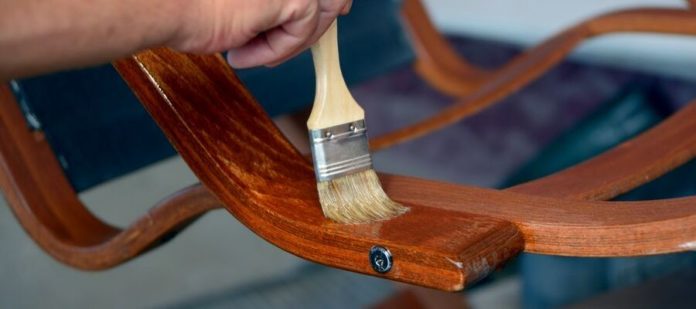We all have a few older furniture pieces we simply can’t part with. Whether they’re antiques or artifacts from your family’s history, a little bit of work can restore them to their former glory. Use these furniture restoration tips to revive your worn or damaged pieces, and get back to enjoying their place in your home.
Manage Your Time
Your restoration project may seem like it should be a quick fix, but keep in mind that you could discover additional issues as you progress through it. Dedicate more time to any restoration project than you think you’ll need. With this extra time as a cushion, you’ll be able to account for additional issues while maintaining control of the events already in your schedule. Also be sure to take your time completing the project to ensure quality results.
Take Proper Safety Precautions
If you’re going to be sanding, sawing, or restaining any of your furniture, it’s important that you take the proper precautions to protect yourself from injury as you work. Depending on the type of work you’ll do, this could include precautions such as wearing safety glasses or protective rubber gloves. If you’re going to handle particularly hazardous materials or chemicals, you may even want to consider getting a full protective suit and face mask to limit your exposure to them.
Diagnose the Main Problems
Before you begin working on your furniture, take a moment to accurately identify what problems you’re going to fix. This will help you determine what tools and replacement parts you’ll need for the project. While you’re inspecting the piece, you may also want to begin by cleaning the piece and getting it ready to work on. Be careful to use only mild soaps and soft brushes to prevent damage to the item’s paint or finish.
Research the Piece and Materials
The type of materials the piece is made of will determine how you can properly treat it. A certain chemical might be suitable for use on one type of material, but it could cause damage to a different material. This knowledge will also help you search for replacement parts, as matching the materials and colors of the replacements with the originals is ideal. The same is true for rusted screws and nails that you may need to replace.
Maintain the Piece Once Finished
Keeping up with the overall cleaning and maintenance of a piece is often the most important part of the restoration process. Frequent cleanings can prevent additional damage and keep already existing issues from getting worse with use. However, be sure to carefully research how to clean and maintain different types of materials to ensure you’re using the best treatment for a specific item. Though you may need to eventually restore the piece again, your efforts to maintain it will significantly slow the deterioration and rate of damage.

























